Projector Lamps FAQ
Frequently Asked Questions
- 1) Who Makes Projector Lamps?
- 2) Are Projector Lamps Compatible With Any Projector?
- 3) How Many Hours Will My Projector Lamp Work?
- 4) How Do I Extend Projector Bulb Life?
- 5) My Bulb Exploded, Can I Still Have It Replaced?

1) Who Makes Projector Lamps?
A: The manufacturing process of high quality projector lamps is extremely expensive as well as technologically challenging. Only a few companies in the world are able to meet these high standard manufacturing specifications.
Philips - Phillips is the world’s leading projector lamp manufacturer. Beginning in 1995 they developed the first metal halide lamp, eventually progressing to the mercury vapor projector lamp, called a UHP lamp or ultra-high pressure mercury vapor. These lamps, that emit a unique brightness, forged the path for today’s digital projectors. Phillips controls over an estimated 70% of the world’s projector lamp manufacturing and sales market and retains its positions as a dominant force in the industry.
Ushio -Ushio was founded in Japan in 1964 as an industrial light manufacturing company. It has expanded to establish offices throughout the U.S. as well as worldwide. Ushio manufactures a plethora of industrial lights, lamps, and bulbs. Their clients include Sony, Sanyo, BenQ, among many others which contribute to their estimated 10% share in the projector lamp market.
Osram - Osram Sylvania began in Germany and grew to become the second largest lighting manufacturer in the world. It specializes in manufacturing the ARC tube found in metal halide and mercury vapor lamps.


2) Are Projector Lamps Compatible With Any Projector?
A: Projector lamps are specially manufacture to fulfill the unique technical needs of your projector. Requirements include: the exact pressurization of the mercury vapor, the positioning of the ARC tube within the quartz globe at a precise angle, and manufacturing the ARC tube to withstand the mercury vapor's ultra-high pressure.
As of today, no universal projector lamp exists. It is not possible to install a 150W projector lamp into a projector that needs a 250W projector bulb; it is also not possible to install a 250W lamp into a projector that may require a 250W bulb, but requires a different ignition and running voltage.
It is advised not to install a lamp with the same ignition, running voltages, and wattage settings without also ensuring that the ANSI lumens rate is identical. If the ANSI rates are not identical, the projector will not function correctly. It will run too hot, and not release a bright enough image.
Are There Any Projector Lamps Compatible with Multiple Projectors?
Yes! Several projector manufacturers team up and license or source the same product from a projector lamp manufacturer.
BulbAmerica provides a projector lamp finder that can help you find the right lamp for your projector. Click here
If a projector lamp ID# that you are searching for does not display your projector as a compatible projector in the bottom right hand side, it is likely that it is the incorrect lamp ID# for that projector.
If you are having problems finding the correct projector lamp for your projector, you can can perform a keyword search OR call us directly at 1-(888)505-2111


3) How many hours will my projector lamp work?
A: Projector bulbs are similar to regular light bulbs as they have an expected operating time called a lamp life. The value is noted in hours and is representative of the number of hours it will take before the lamp emits only half of its original brightness.
Most projector lamps life span is approximately 2000 hours, but this varies based on the lamp’s technology and projector. A majority of lamps meet the lamp life hours specified, however some lamps fail sooner as the success rate is based on a bell curve.
The projector lamp has a great chance of lasting throughout its entire rated life if it is used under normal conditions. Normal conditions include a three to five hour usage per day, in a clean and dust- free environment.


4) Extending Projector Lamp Life
A: When projector lamps burn at too hot of a temperature, their lifespan decreases drastically. Below we have listed some useful tips on how to extend your projector lamp’s life:
Ventilation:
Ventilation is key. By installing your projector in an area that has room for ventilation, you can ensure that your projector lamp will last as long as possible. An ideal mounting position would be two feet away from the wall, all sides, floor and ceiling. If the projector is placed in an area will no breathing room, the projector lamp will burn out early.
Vacuum and Blow Compressed Air:
As the previous tip mentions, air floor is a vital component in extending the life of your projector bulb. Overtime, dust and dirt gathers on the projector, resulting in decreased airflow and a hotter projector lamp burning temperature. This can cause the bulb to burn out early, and require a replacement. The solution to this problem is to vacuum your projector, or simply blow it out with compressed air approximately every 2 weeks depending on your usage.
Change or Clean Your Filter Regularly:
In order to deter dust from entering the sensitive circuitry of the projector, projectors come with detachable filters built in to them. However, these filters can also get congested with dust and clog the airflow in and out of the projector, causing the lamp to operate at a higher temperature. To avoid this, it is recommended to change or clean your filter which can be found behind a small rectangular panel measuring 0.5" by 6" long (1.27cm by 15.24cm).
Do Not Turn Your Projector On and Off Rapidly:
The way you turn your projector on and off is very important. Turning the projector on and off rapidly can have devastating effects on projector lamp life as the ultra-high pressurized mercury vapor inside the ARC tube may become destabilized, causing the lamp to fail permanently. Projector lamps usually take about a full minute before they can produce a stable current.
Economy Mode Can Extend Your Lamp's Life:
Most modern projectors have two modes; normal and economy. You can verify your projectors modes by referring to a projector manual or contacting the projector manufacturer. If you projector does have an economy mode option, it is best to set it to this mode as it causes the projector lamp to emit a slightly lower brightness level and therefore extends the lamp life.


5) My bulb exploded, can I still have it replaced?
A: Do not worry! The answer for most cases is yes. A blown or exploded lamp can be replaced.








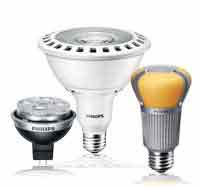
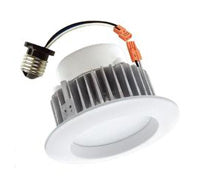

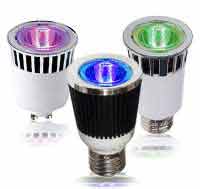


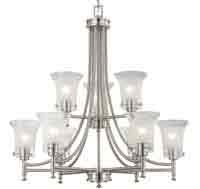
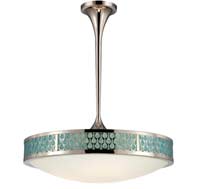




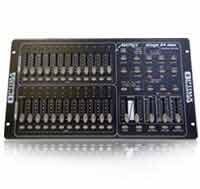








Stay in Touch